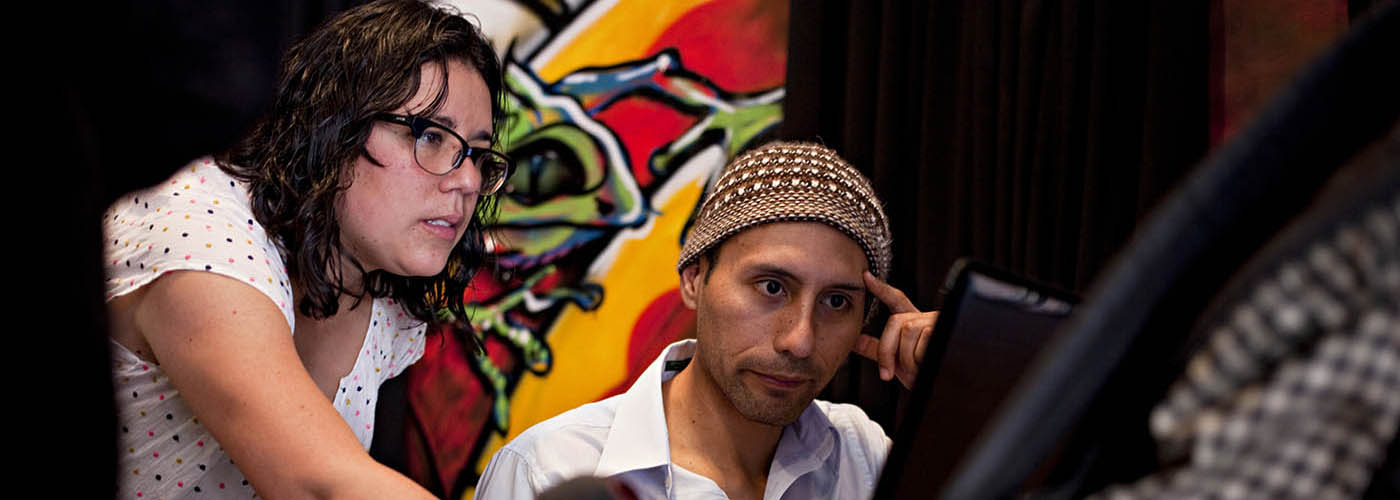On 1 October 2025, youth-led protests in Morocco escalated into violence, resulting in two deaths near Agadir when security forces opened fire on demonstrators attempting to storm a police station in Leqliaa. Unlike past protests led by unions or political parties, this leaderless protest, organized by GenZ 212 and Moroccan Youth Voice via TikTok, Instagram, and Discord, began on September 28 across cities including Rabat, Inzegane, Tiznit, and Oujda. Protesters demanded improved public services, particularly in health and education, criticizing government spending on stadiums for the 2030 FIFA World Cup amid rising social inequality.
The unrest has led to over 400 arrests and nearly 300 injuries. Protesters set fire to banks and vehicles, while clashes with police intensified. Civil society organizations, notably the Moroccan Association for Human Rights (AMDH), condemned the arrests and called them unconstitutional, citing a broader crackdown on freedom of expression with 37 youths set to stand trial on bail in Rabat. The government has praised the security forces’ “balanced reaction” while framing the two dead protesters as “trouble makers” killed by police in self-defence. The protests underscore growing frustration with inequality, unemployment (35.8% among youth), and lack of accountability.
This situation reflects a clear erosion of freedom of assembly and expression, as protesters have been met with lethal force and widespread detentions. Additionally, the state has publicly demonized protesters while glorifying the actions of security forces, including those responsible for the shootings. This narrative fosters a chilling effect, discouraging civic participation by framing demonstrators as troublemakers and legitimizing violent suppression. The implications for the enabling environment for civil society in Morocco are severe, with heightened risks for activists, reduced public trust, and a narrowing space for peaceful dissent.
